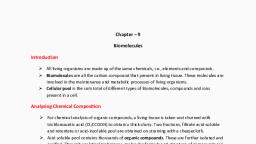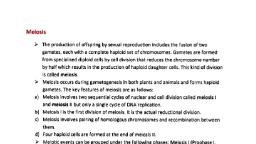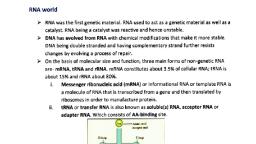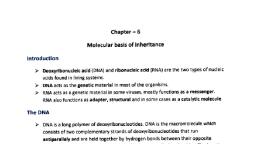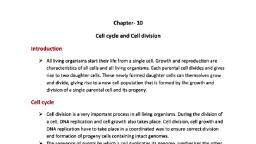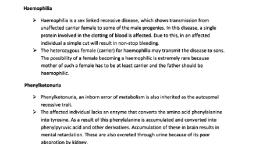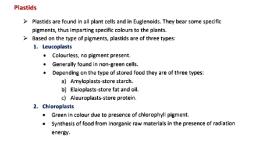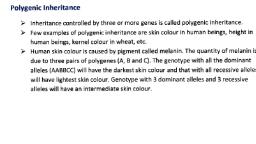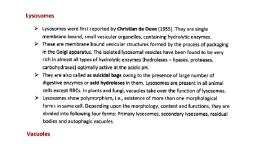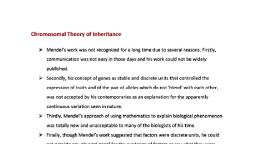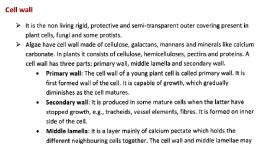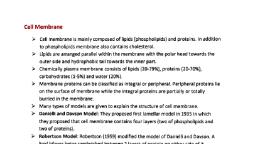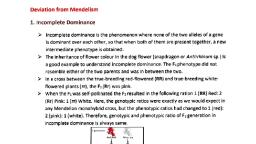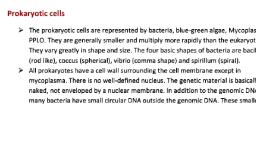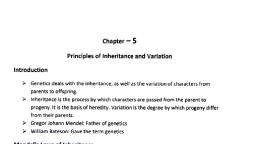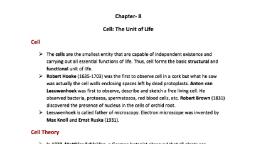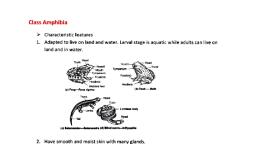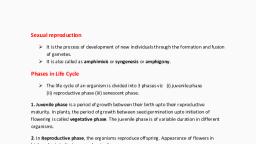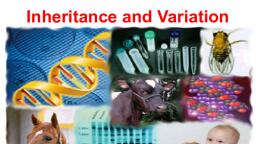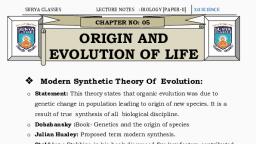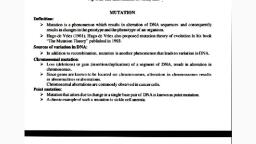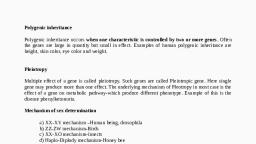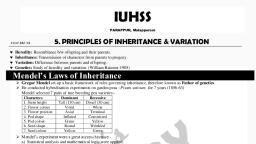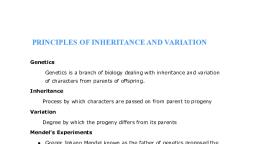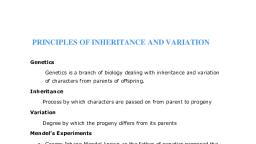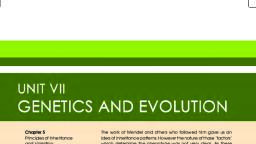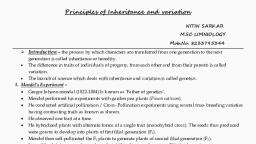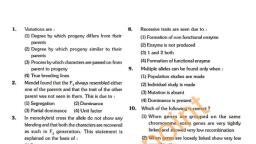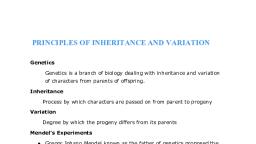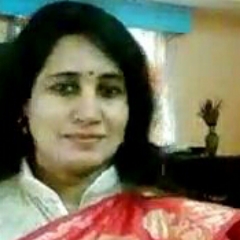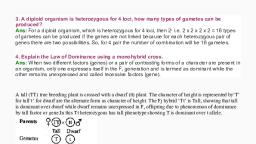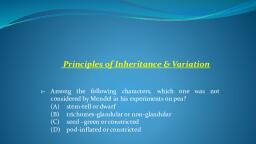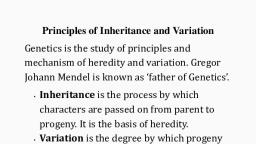Page 1 :
Mutation, , Mutation is a phenomenon which results in alteration of DNAsequences and, consequently results in changes in the genotype and the phenotype of an organism., Both recombination and mutation phenomenon leads to variation in DNA., , The loss or gain of a segment of DNA, result in alteration in chromosomes. Since, genes are known to be located on chromosomes, alteration in chromosomes results, in abnormalities or aberrations., Chromosomal mutations: (i) Deletion - Loss of a segment from one or other end of, , chromosome or within the chromosome followed by reunion of terminal segments., , (i) Duplication- Presence of same block of gene more than once in a haploid, complement. (ii) Translocation-Kind of interchromosomal rearrangement in which, there is mutual exchange of chromosomal segments between non-homologous, , chromosomes. (iv) Inversion-Chromosome breaks at two points, the broken piece, rotates through 180 and reunites in reverse order. (v) Euploidy-An organism either, loses a complete set or acquires one or more additional set of chromosomes over, and above the two sets of diploid complement. It is of 2 types - monoploidy and, , polyploidy.(vi) Aneuploidy- Addition or loss of one or more chromosomes to/from, complete diploid chromosome complement. It is of 4 types: trisomy (2n + 1),, and nullisomy (2n-2)., tetrasomy, (2n+2),, monosomy, (2n-1), >Gene mutations may occur naturally or automatically due to internal reasons., , Mutation which involves change in single base pair is called point mutation, e.g.,, sickle cell anaemia., Deletions and insertions of base pairs of DNA causes frame-shift mutation., , The chemical and physical factors that induce mutations are called mutagens, e.g, UV radiations., , Genetic Disorders, , Pedigree analysis, Pedigree is a, , chart, , showing a record of inheritance of certain traits oftwo or more, , ancestral generations of human being or domesticated animal in the form of a, , diagram, , of, , family, , tree., , Pedigree analysis is useful in many ways like it helps to fill up the possible, genotypes by knowing the phenotypes only. It helps, , to, , study, , the, , pattern of
Page 2 :
inheritance of a dominant or a recessive trait, abnormality or disease. The possible, , genetic makeup of a person for a trait can also be known with the help of pedigree., A number of disorders in human beings have been found to be associated with the, , inheritance of changed or altered genes or chromosomes., Genetic disorders are grouped into two categories: (i) Mendelian disorders, (i) Chromosomal disorders., Male, , O, , female, , sex unspecified, , 0, , allected individuals, , mating, mating between relatves, , consanguineous mating, parents above and, , children, below, (in order of birth-left to right, , arents with male child, affected with disease, , fve unaffected offspring, , Fig.: Symbols for common human pedigree analysis, , Mendelian disorders, Mendelian disorders are mainly determined by alteration or mutation in the single, gene., , The pattern of inheritance ofsuch Mendelian disorders can be traced in a family by, the pedigree analysis. Most common and prevalent Mendelian disorders are, , haemophilia, cystic fibrosis, sickle-cell anaemia, colour blindness, phenylketonuria,, thalassemia, etc., Mendelian disorders may be dominant or recessive., , Sickle-cell anaemia, >This is an autosome linked recessive trait that can be transmitted from parents to, the offspring when both the parents are carrier for the gene. The disease is, controlled, , by a single pair of allele, Hbt and Hbs. Out of the three possible genotypes, only homozygous individuals for HbS (HbS HbS) show the diseased phenotype, Heterozygous (HbA Hb ) individual appear apparently unaffected but they are carrier, , of the disease as there is 50 per cent probability of transmission of the mutant gene, to the progeny, thus exhibiting sickle-cel trait.

